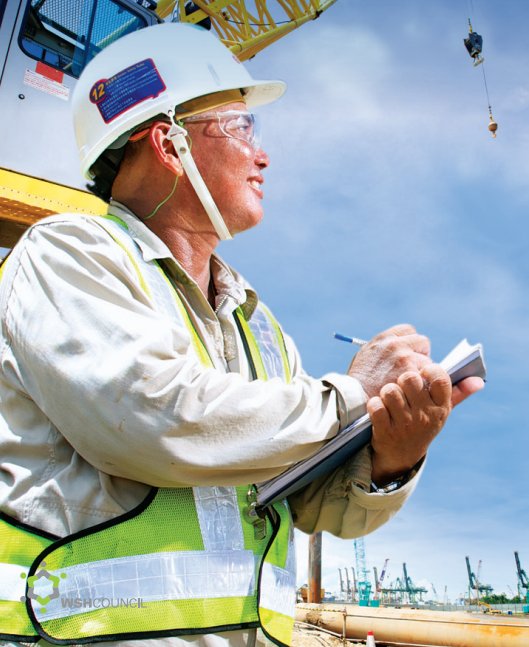
起重督导员指南
概述
课程
事故统计数据显示,近年来,涉及起重机等起重设备的工作场所死亡和危险事件数量令人担忧地增加。这些事故通常涉及重型起重设备故障或倾倒,或工人在起重作业期间被坠落或摆动的物体击中。这些令人担忧的趋势凸显了各行业需要显著改善起重机和起重安全实践的必要性。
本课程旨在通过提供全面的安全起重作业培训来应对这些挑战。它强调,起重作业的安全执行需要所有利益相关者的协调努力,包括制造商、起重机承包商、工程师、项目经理、起重主管、操作员和工人。每一方在确保起重作业的安全方面都发挥着至关重要的作用,必须履行各自的职责,防止事故发生。
本课程特别关注起重团队的作用,包括起重主管、起重机操作员、索具工和信号员。在起重活动中,适当的规划、协调和监督非常重要,这是一个反复出现的主题,因为过去许多事故本可以通过更好的监督来避免。鉴于工作的协作性质,起重主管是确保安全的关键。他们负责核实所有相关方是否经过适当培训、胜任工作并遵守安全规程。
此次培训还介绍了“起重主管指南”,该指南是起重作业监督人员的宝贵资源。该指南概述了主管角色和职责的基本准则,识别了与起重相关的常见危险,并提供了制定有效起重计划、进行风险评估 (RA)、实施工作许可证 (PTW) 系统和建立安全工作程序 (SWP) 的实用见解。参与者还将了解推荐的索具和起重机信号,以加强起重活动期间的沟通和安全性。
课程结束时,参与者将掌握确保更安全的起重作业、降低事故风险和保护工人生命的知识和技能。
课程
- 0 部分
- 0课程
- 0 测验
- 0 分钟 持续时间
分享这篇文章
自由的
获取早期访问权限
0 分钟
0 学生
最后更新:October 15, 2024
此免费在线课程包括:
✓ 全面的学习资料
✓ 专业证书
✓ 期末考核
相关课程
摩托车、自行车、个人代步车、个人交通工具和个人代步工具安全骑行指南
配送业务的格局发生了重大变化,不再依赖传统机动车(如货车、卡车和摩托车)。电子商务和在线食品配送的激增导致了快速增长……
0 分钟
0
0
删除课程评论
你确定吗?你无法恢复
课程访问
本课程受密码保护。要访问本课程,请在下面输入您的密码:


